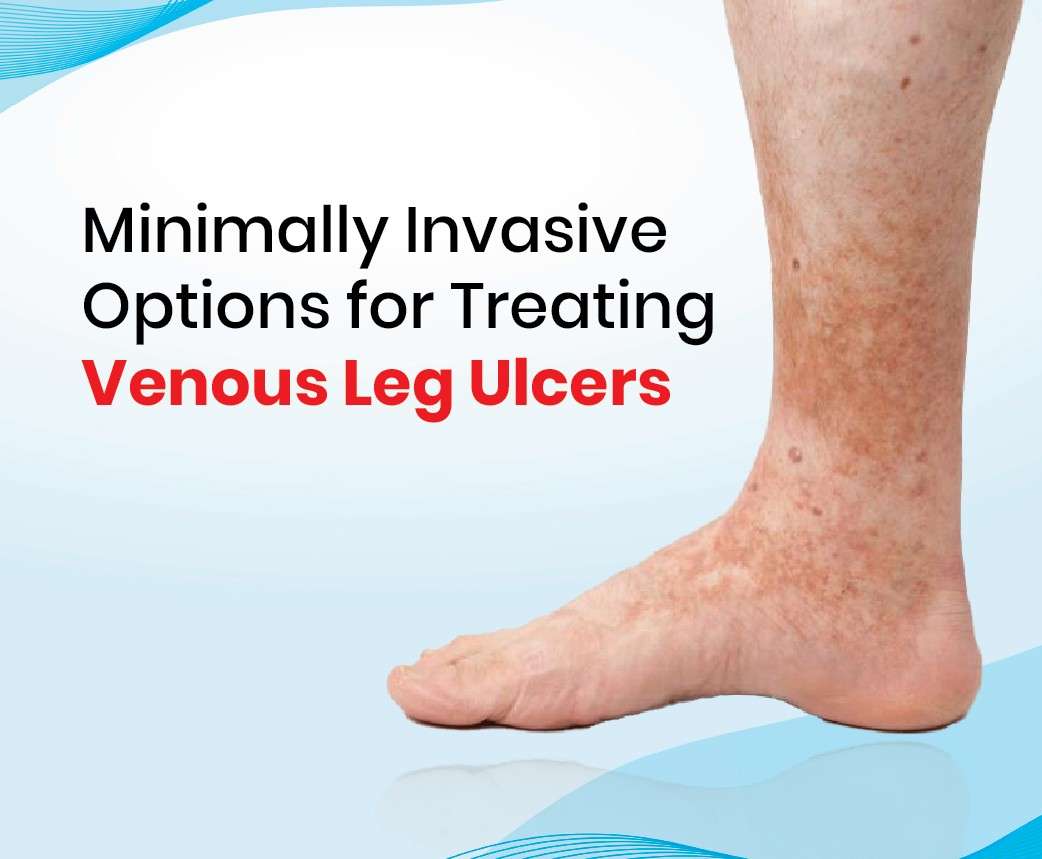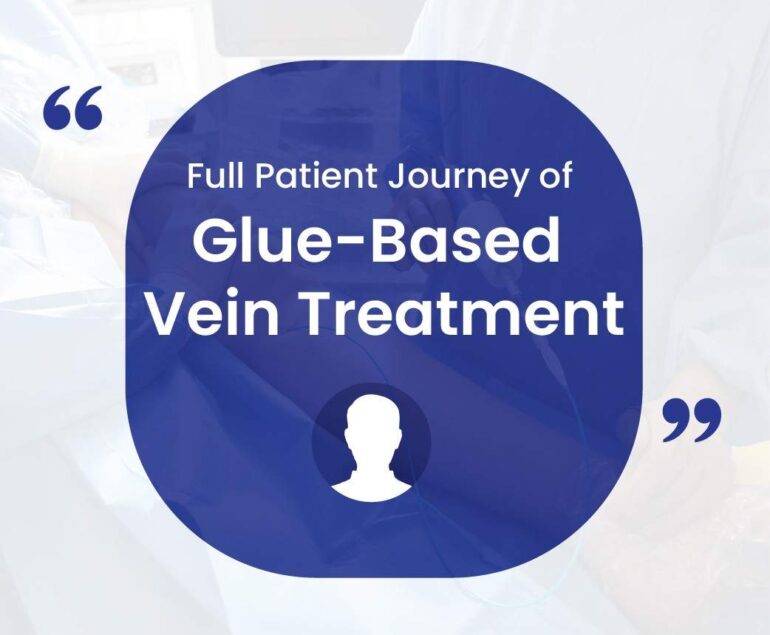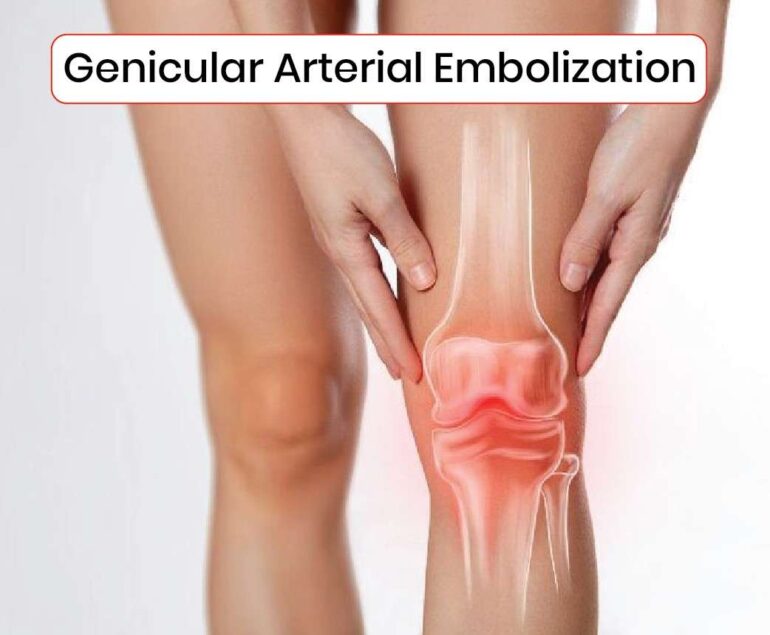Venous leg ulcers are a common and challenging condition resulting from chronic venous insufficiency (CVI), affecting millions worldwide. These ulcers develop due to prolonged pressure in the veins, leading to skin breakdown and non-healing wounds. Traditional surgical treatments, while effective, come with significant risks and recovery times. Fortunately, minimally invasive treatments offer a safer, more efficient alternative, providing numerous benefits over conventional surgery. This blog explores venous leg ulcers, their causes, and the advantages of minimally invasive treatments.
Understanding Venous Leg Ulcers
Venous leg ulcers are open sores that develop on the lower legs, typically around the ankles. They result from chronic venous insufficiency, where veins in the legs fail to return blood efficiently to the heart. This leads to increased pressure in the veins, causing fluid to leak into surrounding tissues, resulting in swelling, skin changes, and eventually, ulcers.
Symptoms of Venous Leg Ulcers:
- Persistent swelling in the lower legs
- Darkened or discolored skin around the ulcer
- Itching and skin irritation
- Heavy, aching legs
- Open sores that are slow to heal
Risk Factors:
- Age: Older adults are more susceptible due to decreased vein elasticity.
- Family history: A history of venous diseases in the family increases risk.
- Obesity: Excess weight puts additional pressure on leg veins.
- Prolonged immobility: Long periods of sitting or standing can contribute to vein problems.
- Previous leg injuries: Injuries can damage veins and lead to chronic insufficiency.
Minimally Invasive Treatments for Venous Leg Ulcers
1. Endovenous Laser Therapy (EVLT)
Endovenous Laser Therapy (EVLT) uses laser energy to close off malfunctioning veins. A small laser fiber is inserted into the affected vein, delivering laser energy that heats and seals the vein shut.
Benefits:
- Minimally Invasive: No large incisions required, reducing infection risk.
- Quick Recovery: Patients can resume normal activities within a few days.
- Effective: High success rates with minimal complications.
- Outpatient Procedure: Typically performed under local anesthesia.
2. Radiofrequency Ablation (RFA)
Radiofrequency Ablation (RFA) is another technique using radiofrequency energy to heat and close off varicose veins. A catheter is inserted into the vein, delivering radiofrequency energy to the vein walls.
Benefits:
- Minimal Discomfort: Performed under local anesthesia, with less pain during and after the procedure.
- Short Recovery Time: Patients often return to daily activities immediately.
- Long-Lasting Results: Effective in providing lasting relief from symptoms.
- Cosmetic Advantage: Leaves no significant scars.
3. Ultrasound-Guided Foam Sclerotherapy
Foam sclerotherapy involves injecting a foamed sclerosant into the affected veins. The foam displaces blood, allowing the sclerosant to come into direct contact with the vein walls, causing them to collapse and seal.
Benefits:
- Minimally Invasive: No incisions required, performed using a fine needle.
- Versatile: Effective for both large varicose veins and smaller spider veins.
- Quick Procedure: Usually completed in less than an hour.
- Enhanced Efficacy: Foam increases the contact area with the vein walls, improving effectiveness.
4. VenaSeal Closure System
The VenaSeal Closure System uses a medical adhesive to seal off varicose veins. A small catheter is inserted into the vein, and the adhesive is delivered to close the vein.
Benefits:
- Non-Thermal and Non-Tumescent: No heat or anesthesia required, making it virtually painless.
- Immediate Results: Veins are sealed quickly, providing rapid symptom relief.
- No Compression Stockings Needed: Post-procedure care does not require wearing uncomfortable compression stockings.
- Minimal Downtime: Patients can return to their daily activities almost immediately.
Advantages of Minimally Invasive Treatments Over Traditional Surgery
- Lower Risk of Complications
Minimally invasive treatments significantly reduce the risk of complications compared to traditional surgery. The absence of large incisions minimizes the risk of infections, scarring, and nerve damage. These procedures are often performed under local anesthesia, further lowering the risk associated with general anesthesia.
- Enhanced Patient Comfort
Patient experience is vastly improved with minimally invasive treatments. Procedures like EVLT, RFA, foam sclerotherapy, and VenaSeal involve minimal pain and discomfort. Patients often report high levels of satisfaction with these modern techniques.
- Faster Recovery Times
One of the most significant advantages of these treatments is the rapid recovery time. Traditional vein surgery can require weeks of downtime, while minimally invasive options typically allow patients to resume normal activities within a day or two. This quick return to daily life is a major benefit for those with busy schedules or demanding lifestyles.
- Improved Cosmetic Outcomes
Traditional vein surgery often leaves noticeable scars, whereas minimally invasive treatments leave little to no scarring. This aspect is particularly important for individuals concerned about the aesthetic appearance of their legs.
Venous leg ulcers are a painful and debilitating condition, but minimally invasive treatments offer effective and efficient solutions. Procedures like EVLT, RFA, foam sclerotherapy, and VenaSeal provide numerous benefits over traditional surgery, including lower complication risks, enhanced patient comfort, faster recovery times, and improved cosmetic outcomes.
As these innovative technologies continue to advance, patients with venous leg ulcers can look forward to better treatment options and improved quality of life. Always consult with a healthcare provider to determine the best treatment plan for your specific condition.




